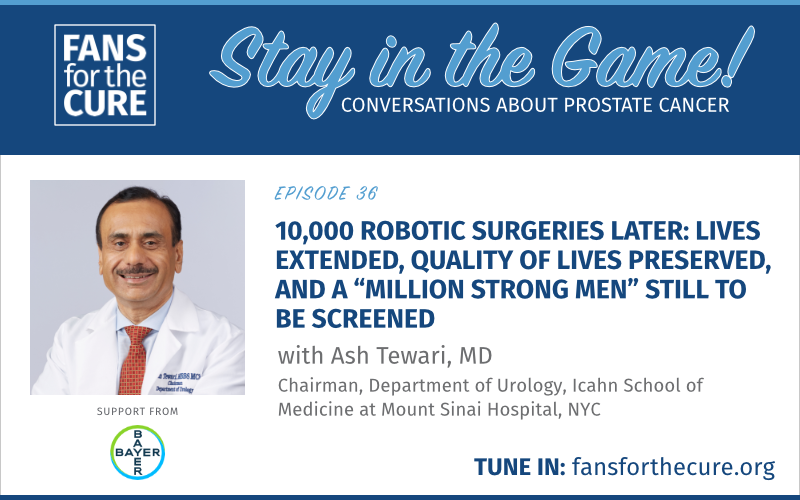According to a recent first-page article in the Science Times section of the New York Times, a powerful, more concentrated treatment protocol has become more popular in the treatment of prostate cancer. This increase in the use of stereotactic body radiation therapy, or S.B.R.T., went up by more than two and a half times from 2007 to 2013.
As explained in the article, SBRT offers men with prostate cancer the option of a more intense program of radiation delivered in a more concentrated period of time. For example, one S.B.R.T. patient completed his treatments with just five radiation treatments spread out over just two weeks, compared with more common schedules for radiation that are either 40 treatments over a two-month period or 28 sessions taking place over five to six weeks.
Stereotactic Body Radiation Therapy vs. Standard Radiation Therapy
The debate about short-course vs. conventional radiation centers around the lack of randomized clinical trials that compare S.B.R.T. and standard radiation therapy. The National Cancer Institute has recently agreed to fund a trial that will randomly assign 538 men to either a short course of five intense radiation sessions or one that covers 28 sessions over five and a half weeks. It will compare outcomes for both quality of life and disease-free survival. But the study will take about eight years to complete.
There are also concerns in delivering high-dose radiation to the prostate area, as opposed to areas of the lung where there are not as many sensitive tissues and structures involved nearby. So, while concentrated treatments have been found to be as effective as surgery for smaller tumors the lungs, treating the prostate with intense radiation threatens also hitting the urethra, the bladder neck, and the rectum. Doctors pointed to complications that might not appear for ten to fifteen years (reduced urine flow, rectal bleeding), while Yale doctors have used Medicare data to identify complications with the intense radiation therapy after just two years.
Dr. Daniel W. Lin chief of urologic oncology at the University of Washington, sums up his colleagues’ concerns around the shorter, more concentrate course of radiation therapy: “It probably can work but it doesn’t have long-term results and it hasn’t been tested against standard radiation.”
***
Read the original article online: https://www.nytimes.com/2017/03/20/health/prostate-cancer-sbrt-radiation-therapy.html


